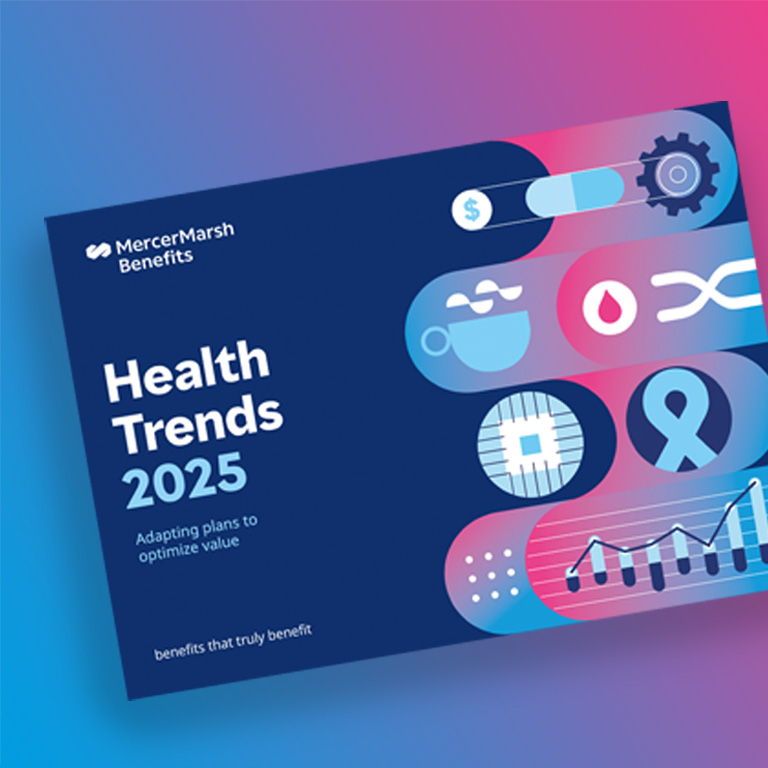- United States(English)
- Österreich (Deutsch)
- Belgium(English)
- Belgique (Français)
- België(Nederlands)
- Brasil (Português)
- Canada(English)
- Canada (Français)
- United States(English)
- China(Chinese)
- United States(English)
- Czechia(Czech)
- Denmark(Danish)
- United States(English)
- France (Français)
- Deutschland (Deutsch)
- Hungary(Hungarian)
- Italia(Italiano)
- 日本(日本語)
- Kazakhstan(Kazakh)
- Kazakhstan(Russian)
- Luxembourg(Français)
- Mexico(Español)
- Maroc(Français)
- Nederland(Nederlands)
- United States(English)
- United States(English)
- Poland(Polish)
- Portugal (Português)
- United States(English)
- Romania(Romanian)
- Slovakia(Slovak)
- España (Español)
- Taiwan(Chinese)
- Tunisie(Français)
- Turkey(Turkish)
- Ukraine(Ukrainian)
- United States(English)
- (Español)
- United States(English)
Finding the optimal financing solutions for your benefit plans
The costs of employer-sponsored health plans are climbing rapidly — on average, medical costs outpace general inflation by close to three times. It’s not surprising that, according to Mercer Marsh Benefits' The Five Pillars of People Risk 2021, 70% of HR and risk managers agree that governance and financial risks pose a serious threat to the business.
Increasingly, employers must look beyond traditional insurance approaches and adopt creative and innovative financing agreements to optimize benefits and minimize risk. Depending on your organization’s appetite for risk, self-insurance through administrative-services-only contracts, trust arrangements, or captives can reduce your risk transfer costs (where allowed by law). This is often appropriate for expenses that are easy to project, especially if they can be pooled with other risks.
Self-funding and self-insurance
Many employers rely on self-insurance, which can be a cost-effective solution that allows greater flexibility over plan design. Under a self-insured health program, employers typically contract with a third-party administrator (TPA) or insurer. The emphasis is on generating savings that accrue in different ways through improved program governance, consumerism, provider discounts, network access, and data analytics.
The majority of large establishments, as noted in KFF’s 2021 Employer Health Benefits Survey, now use some form of self-insurance, and its adoption is growing among smaller organizations.
Captive Insurance
Captive insurance arrangements are typically used by large multinationals to self-insure selected risks. Globally there are over 5,000 captives established with a small but growing percentage that include benefits risks.
While some organizations establish multinational benefits pooling arrangements, others seek to improve risk financing by using a captive to assume risks such as life/death, accident, disability, and medical/healthcare.
Using a captive can lead to improved cash flow, consolidated premium spend, statistically predictable risk, the ability to create insurance reserves, greater management or risk retention levels, and diversification between risk classes, thus improving capital efficiencies.
MMB can help you
Mercer Marsh Benefits can help employers create cost-effective health and benefits plans that not only control costs in the short term, but over the long term. We work with you to identify the cost inefficiencies in your current program and improve financing in the following ways:
- Design for value – through coverage provisions, network configuration, and engagement.
- Manage health risk – through a data-driven approach that promotes a healthy workforce.
- Drive efficiencies – through smart financing and placement.





